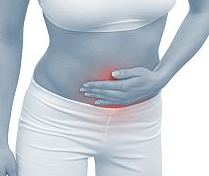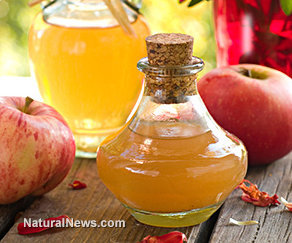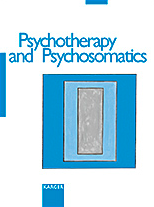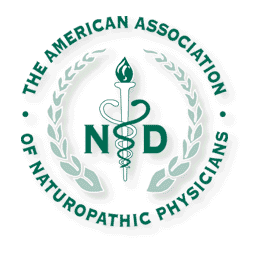 Massage therapy improves general blood flow and alleviates muscle soreness after exercise, according to a study by researchers at the University of Illinois at Chicago.
Massage therapy improves general blood flow and alleviates muscle soreness after exercise, according to a study by researchers at the University of Illinois at Chicago.
The study, reported online in advance of print in the Archives of Physical Medicine and Rehabilitation, also showed that massage improved vascular function in people who had not exercised, suggesting that massage has benefits for people regardless of their level of physical activity.
Improved circulation and relief of muscle soreness are common claims made for massage’s benefits, but no studies have substantiated such claims, even though massage therapy is increasingly used as an adjunct to traditional medical interventions, said Shane Phillips, UIC associate professor ofphysical therapy and principal investigator on the study.
“Our study validates the value of massage in exercise and injury, which has been previously recognized but based on minimal data,” said Nina Cherie Franklin, UIC postdoctoral fellow in physical therapy and first author of the study. “It also suggests the value of massage outside of the context of exercise.”
The researchers had set out to see if massage would improve systemic circulation and reduce muscle soreness after exercise. Healthy sedentary adults were asked to exercise their legs to soreness using a standard leg press machine. Half of the exercisers received leg massages, using conventional Swedish massage techniques, after the exercise. Participants rated their muscle soreness on a scale from 1 to 10.
As expected, both exercise groups experienced soreness immediately after exercise. The exercise-and-massage group reported no continuing soreness 90 minutes after massage therapy. The exercise-only group reported lasting soreness 24 hours after exercise.
Exercise-induced muscle injury has been shown to reduce blood flow. In this study, brachial artery flow mediated dilation (FMD) – a standard metric of general vascular health, measured in the upper arm – was taken by ultrasound at 90 minutes, 24, 48 and 72 hours after exercise.
For the exercise-and massage-group, FMD indicated improved blood flow at all time points, with improvement tapering off after 72 hours. As expected, the exercise-only group showed reduced blood flow after 90 minutes and 24 and 48 hours, with a return to normal levels at 72 hours.
“We believe that massage is really changing physiology in a positive way,” said Franklin. “This is not just blood flow speeds – this is actually a vascular response.”
Because vascular function was changed at a distance from both the site of injury and the massage, the finding suggests a “systemic rather than just a local response,” she said.
“The big surprise was the massage-only control group, who showed virtually identical levels of improvement in circulation as the exercise and massage group,” said Phillips.
“The circulatory response was sustained for a number of days, which suggests that massage may be protective,” said Phillips.
For people with limited mobility or those with impaired vascular function, further research may show that regular massage offers significant benefits, the authors say.
http://www.medicalnewstoday.com/releases/275739.php
Picture courtesy of www.clubcorp.com








